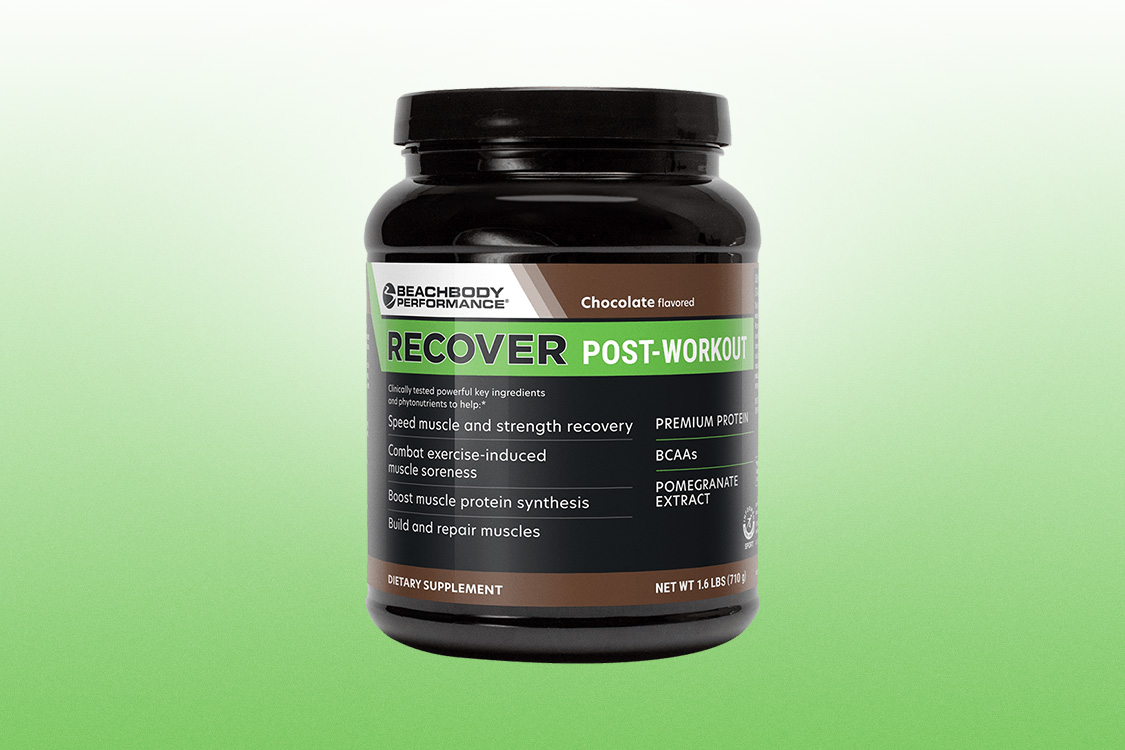How to Train for the 5K (5000 Meters)
(Frank Horwill was coach to Tim Hutchings, fourth in the 1984
Olympic 5000 meter and silver medallist in the 1984 and 1989 World
Cross-Country Championships)
In 1984 Tim Hutchings (GB) entered the Los
Angeles Olympic 5000m, never having bettered 13 mins. 20 secs. However, in the
final he came fourth in a time of 13 mins. 11 secs. No other British athlete
has improved his personal best 5K time by so much in an Olympic final. In that
race, Said Aouita covered the last mile in 4:02 to Hutchings' 4:06. Hutchings'
time, set 12 years ago, has only been bettered by three other British athletes.
Dave Moorcroft's world record of 13:00.1 was set in 1982, but because of injury
he finished last in the 1984 race.
The British women's 5000 meter
record was set in 1987 by Zola Budd, a sensational 14 mins.48.07 secs, 11
seconds short of Ingrid Kristiansen's world record set in 1985. Budd's record
stood until this summer when it was broken by Paula Radcliffe at the Cologne
Grand Prix. Yet clearly, with the honourable exception of Radcliffe, British
5000m running is in the doldrums and has been for several years. Why is
this?
To find an answer we can go back to that 1984 Olympic 5K. When
Hutchings opted to run in this event, I embarked on a study of the training
methods used by former world-record holders. starting with the late Gordon
Pirie (13:36), who was a prolific track trainer all the year round. His recipe
in the winter was 30 x 220 yds in 30 secs with 220 yds jog recovery one day,
then 25 x 440 yds in 66 secs, jog 440 yds on another day and, finally, 12 x 880
yds in 2 mins 12 secs with 440 yds jog. He topped this up with a 2.5 hour
fartlek-type run once a week. His summer training was much the same except that
his recovery after the 440 yds repetitions was reduced to 110 yds jog, while
the speed of all the other sessions increased.
'Racing to get
fit'!
Ron Clarke, the first man to break 13 minutes for three miles,
had a different approach. A 20-mile run once a week was an essential part of
his training, which probably gave him the endurance to run a world record 5000m
in 1965 where the average deviation of pace for each lap was only 0.66 of a
second. Out of season, Clarke trained three times a day, reaching 150 miles a
week. The morning run consisted of three miles at a fast pace followed by
weight training using a 100 lb barbell. At mid-day he ran six miles fast.
Evening saw the main session of the day, 14 miles of continuous fast running.
Once a week he went on to the track, either to do 10 x 220 yds in 26 secs with
220 yds jog or 10 x 440 yds with 440 yds jog. This astonishing schedule was
followed by a 'racing to get fit' regime; on arrival in Europe he raced
virtually every other day for a month at different distances, which did not
permit him to train often. It was commonplace for him to run a dozen 5000m
races in the summer, a feat which would cause many modern exponents of the 5K
to turn pale!
Emile Puttemans (Bel) lowered Viren's 5K world record to
13:13 in 1972, which stood for five years. His training consisted of two
sessions a day all year round and involved more anaerobic running than his
predecessors; he appears to have been one of the first athletes to do two
lactate threshold runs of four miles duration each at maximum effort. Fartlek
(speed play) occupied 15 per cent of the total 100 miles a week.
Working out a formula
Having studied the different training methods
of past world-record holders, I tried to find a mathematical correlation
between their 5K and 1500m times. It appeared that three times the 1500m time
plus three minutes equalled a slow potential, eg, best 1500m = 4 mins x 3 + 3
mins = 15 mins 5K potential. It also appeared that the same formula plus only
two-and-a-quarter minutes equalled the maximum potential, eg, best 1500m = 3
mins. 40 secs x 3 + 2.25 mins = 13 mins.15 secs maximum potential. Hutchings'
best 1500m time was 3 mins.38 secs, which gave a maximum possible for the 5K of
13:09 and a mediocre 13:54.
The other thing that became clear was the
necessity for sustained bouts of running at the target 5K pace with short
recovery. The current world record for 5K is 62 secs/400 for men and 70
secs/400 for women, or about 4:09/mile and 4:41/mile respectively. These lap
times and mile times are rattled off one after the other with NO recovery
breaks. It therefore seemed pointless to do 13 x 400 at race pace with 400m jog
recovery since that would provide a total rest time of about 36 minutes! We do
not get this in a 5K race - we get NONE! Even jogging 100m after each 400m
would total anything from six-to-nine minutes. Totally illogical!
Too long a recovery, too fast a pace
Yet I recently met a noted
athlete who complained that he had run 13:40/5K 11 times and could not break
through. Asked what his specific 5K session was, he said that it was 12 x 400
in 56-60 secs with 400 jog. When it was pointed out to him that he would not
get 400m jog recovery in the race, he countered with: 'But I'm running much
faster than race pace'. I replied that the session was more suited to the 800m
event and that his failure to break 13:40 was due to too long a recovery and
too fast a pace. I pointed out that if he did his reps in 64 secs (13:20/5K)
and jogged 50m (20 secs) after each, he would get the feel of what it was like
to run a tough 5K race. In fact, 400m repetitions are not a good distance for
the 5K athlete to train at. The minimum recommended is 800m, eg, 7 x 800 with
100m jog recovery (45 secs), and the maximum is 2000m (five laps), eg, 3 x 2K
with 300m jog recoveries (2 mins).
The recovery time after repetitions
at 5K pace is a CRUCIAL FACTOR. A good rule-of-thumb guide is to jog one-eighth
the distance of the repetition. In 1972 I watched Steve Prefontaine (USA) in
the Olympic village do 3 x 1 mile in 4:08 (12:56/5K) with 15 minutes rest after
each. Many onlookers thought this was a sensational session and tipped him for
the gold medal. However, we do not have 15 minutes' rest after the first mile
of a 5K race. It would have been better if he had done 3 x 1 mile in 4:16 with
200m jog recovery. He finished fourth in the final in a time of 13:28
(64.5/400).
Here's a 14-day schedule
The 5000m race is
80 per cent aerobic and is run at 95% VO2max. Predominantly aerobic running is
marathon pace (98%), half-marathon pace (94%), 10K pace (90%) and 3K pace
(60%). The training ratio is four aerobic sessions a week to one anaerobic. The
later may include: 1500m pace (50%), 800m pace (67%), and 400m pace (full-out
sprinting from 200m - 83%). We are now in a position to draw up a 14-day,
physiologically based schedule for a female 1500m runner with a best time of
4:20. Her potential for the 5000 is 3 x 4:20 + 3 mins = 16 mins to 15 mins.15
secs.
Day 1: Aerobic - 98%. Run10 miles in under one hour.
Day
2: Aerobic - 90%. Run 10K in 35 minutes.
Day 3: Aerobic - 95%. 4 x 1600
in 5 mins.20 secs with 90 secs recovery. Aiming to reduce to 5 mins within 12
weeks.
Day 4: REST.
Day 5: Aerobic - 60%. 16 x 400 in 74 secs
(3K pace) with 45 secs rest.
Day 6: Anaerobic - 50%. 6 x 500 in 87 secs
with 2 mins rest (1500m speed).
Day 7: Aerobic. 15 mins jog, then run 4
miles at 5 mins.23 secs/mile
(lactate threshold).
Day 8:
REST.
Day 9: Aerobic - 94%. Run half-marathon at 6 mins/mile.
Day 10: Aerobic - 80%. 1 x 3K in 9mins 52secs, 3 mins rest, 1 x 2K in 6 mins.35
secs, 2 mins rest, 1 x 1K in 3 mins.17 secs. Aim to reduce to 9:30, 6:20 and
3:10 respectively within 12 weeks.
Day 11: Aerobic - 98%. Run 10 miles
in under one hour.
Day 12: REST
Day 13: Aerobic - 60%. 5 x 800 in
2 mins.28 secs with 90 secs rest.
Day 14: Anaerobic - 67%. 4 x 4 x 200
in 32 secs with 30 secs rest after 200s and lap walk after each set.
The aim of the above schedule is to reduce all times stipulated within 12 weeks
WITHOUT reducing any of the recovery times. It will be noted that the customary
five consecutive days of training with the sixth off (Friday) has been amended
to three days consecutive training with the fourth off. Recent research
indicates that there is a greater incidence of injury after three days of
continuous training and that stress is likely to occur when carrying out a
5000m schedule of this type if such rests are not taken. Athletes troubled by
extra weight can do a morning run of 30 minutes in addition. The resting
metabolic rate is raised by morning runs and remains elevated for 18 hours
afterwards; this helps burn off calories.
I recently heard a good-class
5K runner exclaim when he heard of the new world record (12:56.96): 'I feel
like giving up. I'll never run that fast'. Asked what his best 3K time was, he
said that it was 7:39. I pointed out to him that he already run over half the
5K distance faster than the world-record pace! It was suggested to him that in
training he ran a fast 3K, took 3 mins rest and then did 5 x 400 in 62 secs
with 90 secs rest. This would equal 5K in total at world-record speed. When
accomplished, he should systematically reduce the recovery times by 15 seconds
a session. He thought it was a good idea. As the old Chinese saying goes, 'A
10,000 mile walk starts with the first step'.
Frank Horwill






